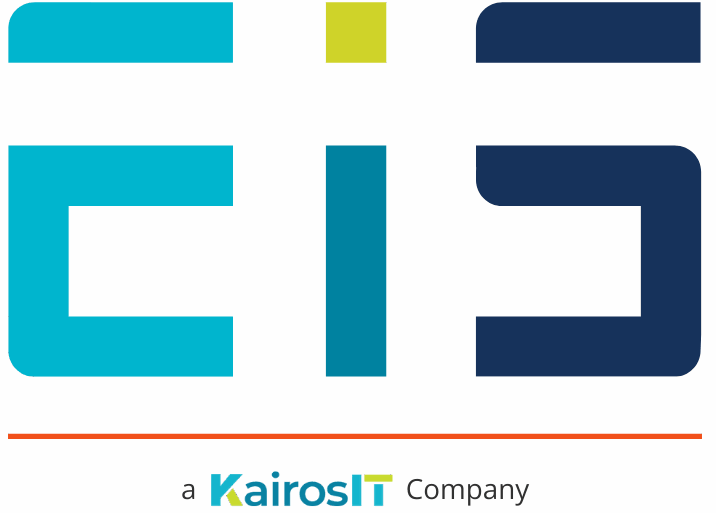
Given the ever-increasing growth of cyberattacks of all types, phishing attacks hit a new high earlier this year with over 1,025,000 attacks reported in the first quarter. That’s a record no cyber expert wanted to see. Phishing attacks have become too common. Criminals are too good at disguising their emails.
Taking precautions against phishing attacks will keep your business safe and free from costly problems.
Why phishing attacks are successful
A phishing attack is a scam where cybercriminals send fraudulent emails or messages in order to steal your personal information. Cybercriminals have gotten better and better at their jobs. While sometimes phishing emails or text messages are obviously fraudulent and riddled with typos and red flags, in most cases, these attacks are very difficult to detect and can be quite damaging if successful.
Savvy cybercriminals have taken to modelling their phishing emails after legitimate companies (like FedEx and Amazon) and impersonating their branding so well that victims don’t think twice before taking the requested action. By masquerading as a trusted source, these bad actors can trick victims into revealing passwords, credit card numbers, and other confidential data.
Phishing attacks are on the rise, and businesses of all sizes need to be aware of the dangers they pose and how to best protect their organizations.
Stop phishing attacks with these simple steps
Phishing attacks continue to grow in volume and scope. Fortunately, organizations can protect themselves against phishing attacks by implementing a few simple security measures.
Small businesses and nonprofits are a major target for cybercriminals. Find out if your organization is protected.
Catch them at the gateway
Spam filters block emails from known malicious sources. By requiring all incoming email to pass through a cloud-based filtering service, organizations can more easily identify and block suspicious messages.
Implement inbox defense tools
Once a cybercriminal has access to the victim’s inbox, they can wreak all sorts of havoc, from stealing sensitive data to infecting the entire network with malware. That’s why it’s so important for organizations to implement inbox defense tools that can help protect against these attacks. Some of the most effective tools include two-factor authentication, which requires users to confirm their identity with a secondary code, and spam filters, which can block phishing emails before they reach the inbox.
Looking for better IT?
Get your no-cost, no-obligation consultation today.
Make your workforce cyber-aware
Your best line of defense is a trained and alert employee base.
Educate your employees on how to spot phishing attempts, the significant risks of these attacks, and what to do if they receive one.
Here are 5 tell-tale signs we cover when we conduct phishing training:
- Always review the sender’s email address – if it doesn’t look quite right, or if it’s from an unfamiliar domain, that warrants further investigation or escalation
- Employees should be on the lookout for emails that contain grammatical errors or spoofed domain names
- Take a close look at the subject line and the body of the email – phishing emails often contain urgent or alarming language designed to get the recipient to act quickly without thinking
- Employees should be suspicious of any email that asks them to click on a link or download an attachment (which can then be used to install malware on the computer)
- Being diligent about never entering their login credentials into an email form and being mindful that any email asking them to do so is a definite red flag that should be reported
- Voice verify any request to transfer money or change an account number
Sharing these tips is a good start, but it’s not enough. Employees will forget the pointers unless they are consistently enforced through training.
Make EIS Your Phishing Safety Net
EIS has been protecting small businesses and nonprofit organizations with their cybersecurity services needs for over two decades. By providing all-encompassing IT solutions, we are pleased to play the role of a true partner in growth. Let’s connect and discuss your IT needs, and how EIS can play a role in supporting your organizational growth.
Having the right IT partner is a gamechanger – our IT Services Buyer Guide will walk you through the process
